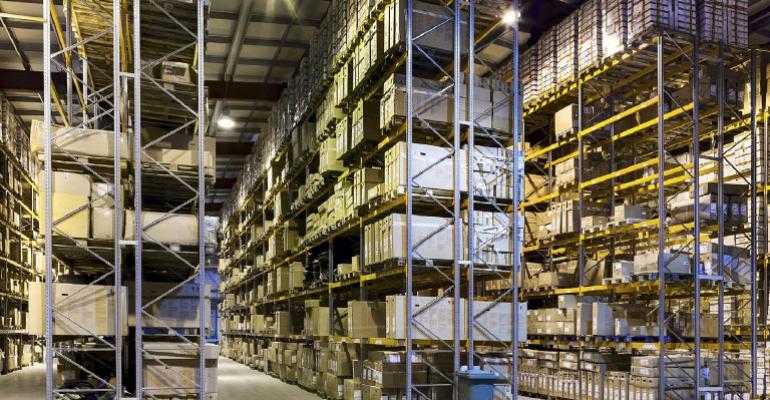Sponsored by Ten-X
By Peter Muoio, Ph.D.
Rapid shifts in how people and companies are using technology is creating winners and losers across various sectors of real estate. Consumers are increasingly purchasing goods online, and a steady drumbeat of news continues to inform us about the latest brick-and-mortar store closures and the bankruptcies of once fabled retail brands. More companies are also housing their computer servers off-site, which has reduced the office space requirements of many firms.
These headwinds have presented significant challenges for the retail and office sectors. In contrast, the industrial sector has reaped the benefits of these changes in the form of unprecedented demand for distribution and warehouse space and data centers.
According to our recent Industrial Market Outlook, robust absorption has pushed vacancies in the industrial sector down to just 7.6 percent nationally, their lowest levels since 2000. Vacancies should bottom out in the mid-7 percent range in coming years. While absorption is projected to turn negative in the event of a cyclical downturn, we expect vacancies to rise into just the mid-9 percent range by 2020, still well below the high levels of previous downturns.
Industrial rents have risen steadily—over 2 percent annually in recent years—bringing rent levels to a historic peak. Our forecasts show that rents will continue growing at a rate of over 3 percent annually through 2018, the fastest rate during the current cycle, and will then remain unchanged during a projected downturn.
Deal volume and pricing are data points that most clearly illustrate the health of the industrial sector. National industrial deal volume rose to $20.4 billion in the third quarter of 2017, up 35.5 percent from a year earlier, while pricing extended its all-time high to $85.14 per sq. ft.
In addition to the demand being generated by these tech-driven shifts, traditional drivers of industrial demand have started to pick up this year as well. With energy producers adjusting to low oil prices, industrial production has started to strengthen from its oil bust induced drop-off. Industrial production recently spiked to its highest levels since 2014.Trade flows have also improved over the course of the year, in part due to a resurgence in Asian intra-regional shipments and recovering import demand in North America. However, it is important to note that risks stemming from protectionist policies still remain.
The industrial property segment has benefitted materially from an economy and culture that are becoming more and more dependent on modern technology, recording gains from these secular trends, even as other commercial real estate sectors have floundered. While much of commercial real estate’s future appears murky, the outlook for industrial remains extremely strong.
Peter Muoio, Ph.D. is chief economist of research at Ten-X Commercial. Based in New York, the research arm of Ten-X, the nation’s leading online real estate marketplace, focuses primarily on custom analysis and business development support services, as well as industry-leading data science and predictive modeling initiatives.
Learn more at www.10x.com/industrial.

